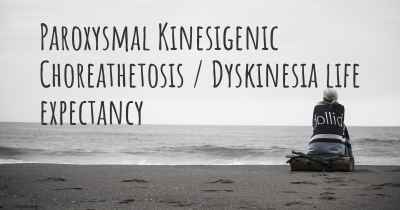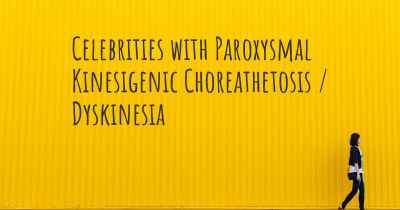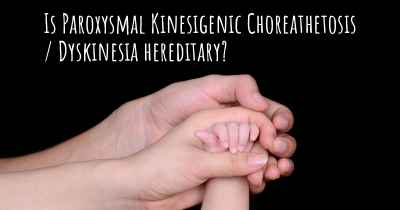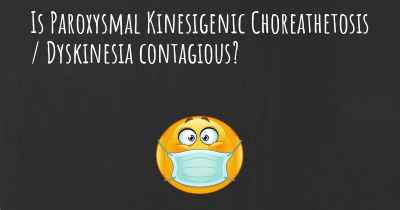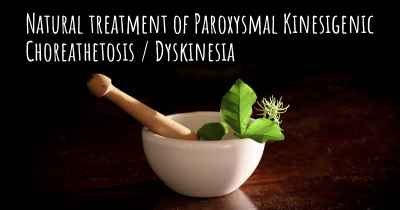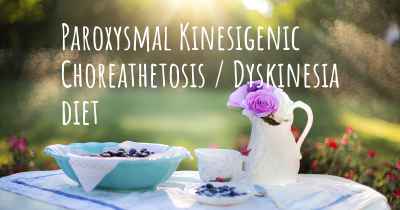Which are the symptoms of Paroxysmal Kinesigenic Choreathetosis / Dyskinesia?
See the worst symptoms of affected by Paroxysmal Kinesigenic Choreathetosis / Dyskinesia here

Symptoms of Paroxysmal Kinesigenic Choreathetosis / Dyskinesia
Paroxysmal Kinesigenic Choreathetosis/Dyskinesia (PKC/D) is a rare neurological disorder characterized by sudden, brief episodes of involuntary movements. These episodes, also known as paroxysms, are typically triggered by sudden movements or changes in posture. PKC/D is considered a type of paroxysmal dyskinesia, which refers to a group of movement disorders characterized by intermittent episodes of abnormal movements.
1. Choreiform Movements: The hallmark symptom of PKC/D is the presence of choreiform movements during the paroxysms. Chorea refers to rapid, jerky, and involuntary movements that can affect various body parts, including the limbs, face, and trunk. These movements are often described as dance-like or writhing in nature. They can be unilateral or bilateral and may last from a few seconds to a few minutes.
2. Triggered Episodes: Paroxysms in PKC/D are typically triggered by sudden movements, such as standing up from a seated position, walking, or running. The episodes may also be triggered by other factors, such as stress, anxiety, or excitement. It is important to note that the triggers can vary among individuals, and some may not have identifiable triggers.
3. Frequency and Duration: The frequency and duration of paroxysms can vary widely among individuals with PKC/D. Some individuals may experience multiple episodes per day, while others may have episodes only once in a while. The duration of each episode can range from a few seconds to several minutes.
4. Absence of Loss of Consciousness: Unlike some other types of paroxysmal dyskinesias, individuals with PKC/D do not experience a loss of consciousness during the episodes. They remain fully aware of their surroundings and can recall the events that occurred during the paroxysms.
5. Absence of Other Neurological Symptoms: PKC/D is primarily characterized by the presence of choreiform movements during the paroxysms. Individuals with PKC/D typically do not exhibit other neurological symptoms, such as muscle weakness, tremors, or changes in sensation. However, it is important to note that some individuals may have additional symptoms or overlapping conditions.
6. Response to Medication: PKC/D is known to be highly responsive to certain medications. The most commonly used medication for PKC/D is carbamazepine, an antiepileptic drug. In most cases, treatment with carbamazepine leads to a significant reduction in the frequency and severity of paroxysms. Other antiepileptic drugs, such as phenytoin and oxcarbazepine, may also be effective in managing PKC/D.
7. Family History: PKC/D is often inherited in an autosomal dominant manner, which means that individuals with a family history of the disorder have a higher risk of developing PKC/D themselves. However, sporadic cases without a family history can also occur.
It is important to consult with a healthcare professional for an accurate diagnosis if you or someone you know is experiencing symptoms suggestive of PKC/D. A thorough evaluation, including a detailed medical history, physical examination, and possibly genetic testing, can help confirm the diagnosis and guide appropriate treatment.
